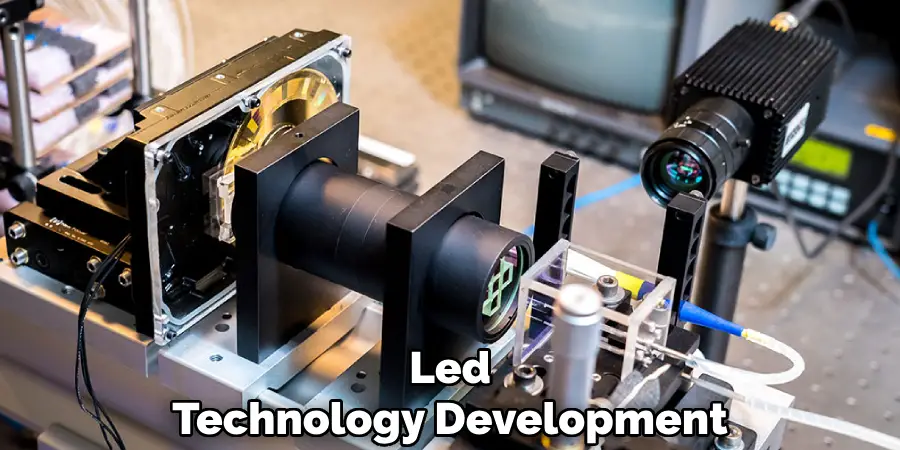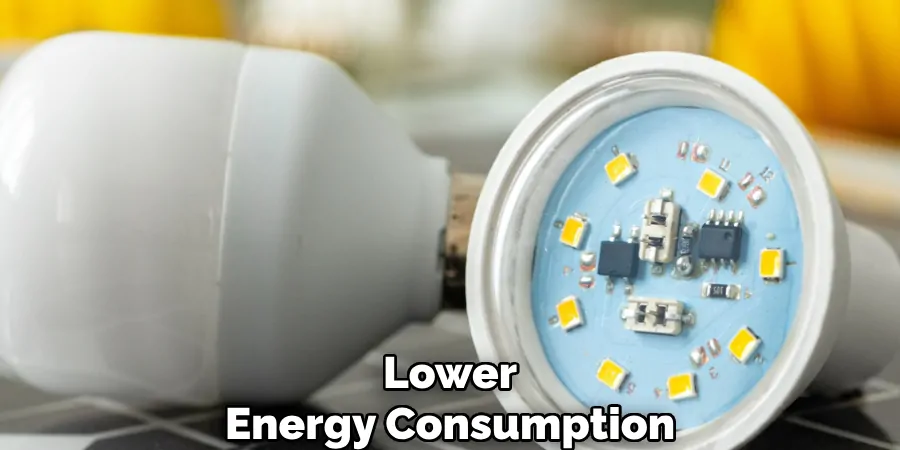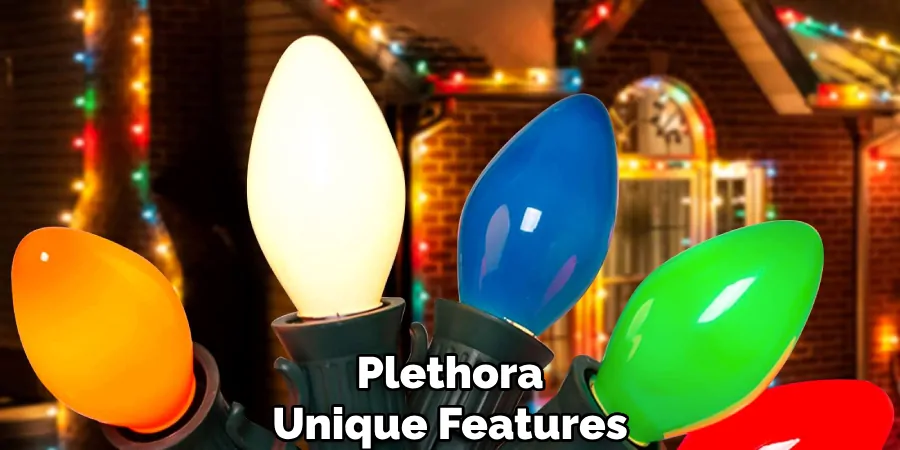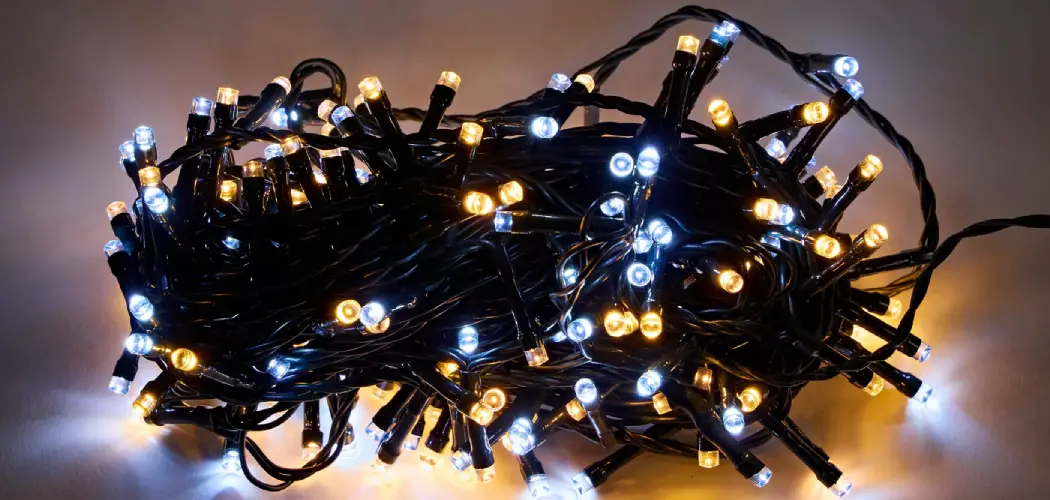In recent years, LED Christmas lights have become increasingly popular among consumers, largely due to their superior energy efficiency and extended lifespan. Unlike traditional incandescent lights, which consume more electricity and generate significant heat, LED lights offer a modern alternative that conserves energy, reducing both carbon footprints and electricity bills.
The cool-touch surface and vibrant illumination of LEDs also distinguish them from their incandescent counterparts, making them a safer choice for holiday decorations. This article aims to serve as a comprehensive guide on how can you tell if Christmas lights are LED. By understanding the key differences in technology, design, and functionality, readers will be able to easily identify LED Christmas lights and make informed choices for their festive displays.

Understanding LED Technology
What Are LED Lights?
LED, or Light Emitting Diode, technology utilizes semiconductor diodes to emit light when an electric current passes through them. Unlike incandescent bulbs, which produce light by heating a filament, LEDs generate light through electroluminescence, making them more efficient and longer-lasting.
These solid-state devices are capable of creating vibrant illumination with minimal energy consumption. LED lights have several advantages over traditional incandescent bulbs, including significantly reduced energy usage and much lower heat output. This means they save on electricity bills and reduce the risk of fire, making them safer to use, especially in homes with children or pets.
Common Uses of LEDs
LEDs are remarkably versatile, finding applications in various settings. Due to their energy efficiency and longevity, they are commonly used in home lighting solutions, such as bulbs and strip lights. Additionally, they have become a staple for outdoor and commercial lighting. In holiday decorations, LED Christmas lights are favored for their brightness and programmable features, adding flair to festive displays.
Historical Context
LED technology development dates back to the early 1960s when the first visible-spectrum LED was invented. While initially limited to red diodes, advancements over the decades led to the proliferation of LEDs in various colors and applications. By the late 20th century, LEDs began appearing on Christmas trees, revolutionizing the market with their increased durability, color options, and energy-saving benefits.

How Can You Tell if Christmas Lights Are Led: Visual Inspection
Packaging and Labels:
The packaging provides valuable clues when identifying LED Christmas lights. Begin by looking for labels that clearly state “LED,” “energy-efficient,” or “low energy consumption.” These indicators are often prominently displayed on the box to highlight the advantages of LED technology. Examining product specifications is crucial, especially if you intend to use the lights outdoors. The packaging should specify if the lights are weather-resistant or suitable for exterior use, ensuring safety and durability.
Bulb Shape and Design:
LED bulbs typically have distinctive shapes and sizes, generally smaller and more compact than incandescent bulbs. This design helps improve energy efficiency while maintaining robust performance. Another key difference lies in the casing material; LEDs often feature plastic casings, whereas traditional incandescent bulbs use glass. This plastic construction makes LED lights more durable and reduces the risk of breakage, which is especially beneficial for holiday decorations that are frequently handled or stored.

Color and Brightness:
LED lights are known for their diverse range of color temperatures, including cool white, warm white, and various bright colors. LEDs offer a brighter and more vibrant visual experience compared to incandescent lights. They achieve high brightness levels using less heat, which results in stunning illumination and minimizes the danger of overheating. This combination of color vibrancy and safety enhances the appeal of LED lights for festive applications, providing ample opportunities for creative and eye-catching displays.
How Can You Tell if Christmas Lights Are Led: Energy Consumption
Wattage Comparison:
One of the most significant advantages of LED Christmas lights is their lower wattage compared to traditional incandescent lights. While incandescent light strings can consume between 40 to 100 watts, LED light strings typically use a mere 5 to 10 watts. This substantial difference in energy usage makes LEDs a cost-effective and environmentally friendly option for holiday decorations. By choosing LED lights, consumers can enjoy vibrant, well-lit displays without the accompanying surge in electricity bills often accompanying incandescent lighting.
Checking for Energy Ratings:
When purchasing LED Christmas lights, looking for energy consumption information on the packaging or within the product specifications is essential. This typically includes wattage details and sometimes an energy rating label that provides insights into the product’s efficiency. Understanding these ratings allows consumers to make informed decisions, selecting products that offer maximum savings over their lifespan.
Benefits of Lower Energy Consumption:
Lower energy consumption is advantageous for reducing utility costs and minimizing environmental impact. By opting for LED lights, consumers contribute to energy conservation, decreasing the carbon footprint associated with holiday lighting. This conscious choice enables householders to enjoy festive decorations while supporting sustainability and cost-efficiency.

Testing for Heat Output
Touch Test:
To ensure the safety of your holiday lighting setup, conduct a simple touch test after your LED Christmas lights have been on for a while. Gently place a finger on one of the LED bulbs; it should feel cool or only slightly warm, indicating efficient heat management. By contrast, incandescent bulbs often become very hot to the touch, increasing the risk of burns or fire hazards and representing inefficiency in energy performance. This fundamental temperature difference highlights one of the key practical benefits of choosing LED over incandescent options for holiday decorations.
Heat-Resistant Features:
LED lights are typically constructed with heat-resistant materials that prevent significant heating, even after extended use. This characteristic results from thoughtful engineering that prioritizes performance and safety. The semiconductor technology utilized in LEDs generates minimal heat as it converts electrical energy into light, unlike incandescent bulbs, which waste considerable energy as heat.
Furthermore, the durable plastic casings commonly used in LED lights enhance their heat resistance, preventing any potential issues related to overheating. This design consideration helps maintain a stable temperature. It reduces the likelihood of electrical fires or burns, making LED lights safer for decorating homes, particularly when children or pets are present.
LEDs’ reduced heat output also prolongs the lighting’s lifespan, contributing to their cost-effectiveness and sustainability. By offering a combination of energy efficiency and enhanced safety, LEDs provide residents with peace of mind, enabling them to enjoy their festive displays without the concerns associated with traditional lighting.
Lifespan and Durability
Longevity of LED Lights:
LED lights are renowned for their impressive lifespan, typically lasting up to 25,000 hours or more, while traditional incandescent bulbs generally offer around 1,000 hours. This stark contrast underscores the importance of considering lifespan when purchasing holiday lights, as LED lights promise years of reliable performance with minimal need for replacement.
Opting for LEDs can save consumers the hassle and expense of frequent bulb changes, making them a practical choice for those looking to enjoy extended use of their holiday decorations year after year. The longevity of LED lights is bolstered by their innovative design, which efficiently manages energy without creating excessive heat, unlike their incandescent counterparts.
Durability and Weather Resistance:
In addition to their long lifespan, LED lights boast a more robust construction, featuring plastic casings instead of the more fragile glass commonly used in incandescent bulbs. This design makes LEDs less susceptible to breakage, even with frequent handling or storage.
When selecting LED lights, it’s important to check for weather resistance on the packaging, especially if they are intended for outdoor use. Look for ratings indicating that the lights are suitable for damp conditions or expressly marked as outdoor-appropriate. These durable and weather-resistant attributes ensure that LED lights continue to shine brightly through varied weather conditions, providing reliable and safe lighting for festive occasions in any setting.
Color Changing and Features
Special Effects:
The advent of LED Christmas lights has brought a plethora of unique features that elevate festive displays to new heights. One of the standout capabilities of these lights is their color-changing functionality, offering a dynamic range of hues that can shift seamlessly from one shade to another.
This capability can transform a simple lighting setup into a mesmerizing visual experience, ideal for those who wish to create a vibrant and engaging holiday ambiance. Another innovative aspect is the inclusion of programmable settings, allowing users to customize patterns, sequences, and brightness levels to suit their preferences. With these features, homeowners can craft personalized displays that reflect their style and enhance the celebratory mood.

Smart Technology:
Incorporating smart technology, some LED Christmas lights can now be seamlessly integrated into smart home systems, providing advanced control and convenience. These smart lights can be linked to apps or devices, enabling remote control and scheduling for effortless management. Users can turn their lights on or off, change colors, or modify patterns with a simple voice command or tap on a smartphone, even when away from home. This integration enhances the ease and accessibility of decorating, providing a modern touch to traditional holiday lighting.
Indicators on the Lights:
To maximize the potential of their LED Christmas lights, consumers should look for strings equipped with buttons or switches that allow easy control over different settings. These controls are more prevalent in LED light designs and serve as convenient tools for adjusting features such as color, brightness, and sequences directly from the string. By understanding these indicators, users can efficiently manage their holiday displays, ensuring both versatility and simplicity in their lighting arrangements.
Conclusion
Understanding how can you tell if Christmas lights are LED is key to maximizing the benefits of modern holiday lighting. When assessing LED options, look for specific indicators such as clearly labeled packaging, lower wattage requirements, and descriptions of reduced heat output. LED lights also boast superior durability and often include special features such as color-changing capabilities and smart technology integration.
These aspects underscore the numerous advantages of using LED lights for festive decorations, most notably their outstanding energy efficiency and long lifespan, which allows for significant cost savings and reduced environmental impact over time. By choosing LED Christmas lights, you’re enhancing the visual appeal of your holiday displays and embracing a sustainable and practical lighting solution. Consider switching to LED lights for your next holiday season to experience the blend of creativity, safety, and efficiency they offer.

